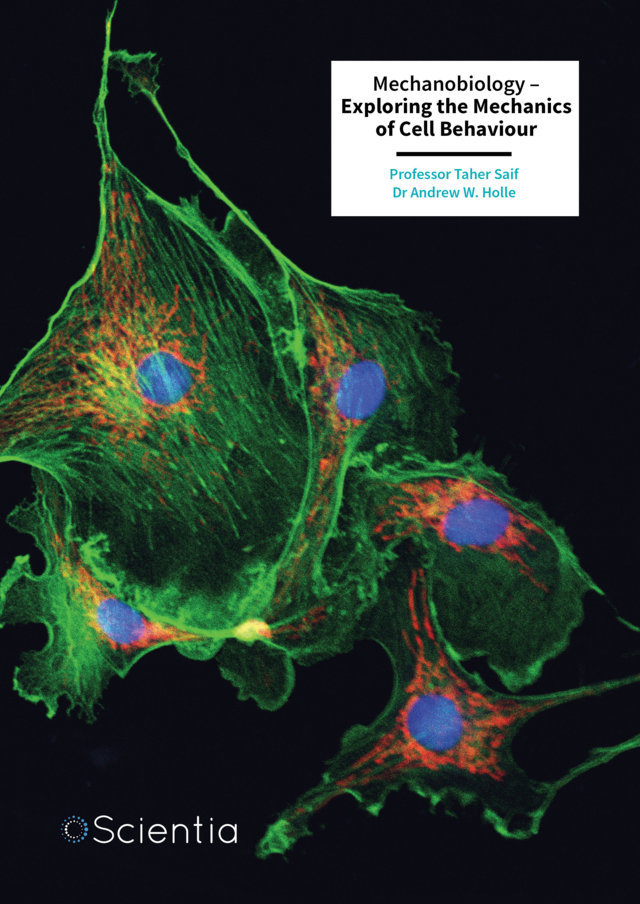As a medical specialty, anesthesiology has made remarkable progress to deliver patient safety at an incredibly high level, while administering drugs that could potentially be very dangerous at a slightly increased dose. However, just like the case of Icarus, a character in Greek mythology who flew too close to the sun before plummeting back to Earth, success can carry the seeds of failure. The impressive progress towards patient safety could conceivably lead to the extinction of anesthesiology as a specialty. In the context of cutting costs and an environment where the return-on-investment for anesthesiologists is not always clear, there may be a temptation to replace anesthesiologists with other professionals, such as specialized sedation nurses, or with new technologies. More
Developing a successful business model and then resting on your laurels forevermore sure sounds tempting. Unfortunately, the world usually doesn’t work that way. In a book called “Only the Paranoid Survive: How to Exploit the Crisis Points That Challenge Every Company and Career,” author Andy Grove states the following: “Business success contains the seeds of its own destruction. The more successful you are, the more people want a chunk of your business, and then another chunk, and then another, until there is nothing left.”
The historical success of anesthesiology in delivering excellent patient safety in the perioperative space has potentially allowed it to become overlooked in terms of its value. Advances in patient safety have also opened the field up to other perioperative practitioners seeking to advance their own cause, taking little chunks at a time. This has sparked controversy within anesthesiology, which has further distracted the field from thinking about its future direction.
These issues have prompted Dr. Matthew Sherrer from the University of Alabama Birmingham and colleagues to author a Commentary paper entitled “The Icarus Paradox and the Future of Anesthesiology”, which details this strategic malaise and proposes ways that the field can survive and thrive in the future.
Interestingly, there is currently a shortage of anesthesiologists in the US, leading to an excess of work and a financial windfall for the specialty. While some anesthesiologists may see this as a sign of health for the sector, Dr. Sherrer and his colleagues caution against complacency and suggest that the US healthcare system itself may be failing, leading to a trend towards cost-saving with negative results for anesthesiology. Instead, the team suggests that these conditions could provide some breathing space for experimentation, forward planning, and a strategic pivot.
Their Commentary paper uses the examples of Blockbuster, the now defunct video rental service, and Intel, a massive corporation that sells microprocessors, to illustrate the pitfalls and advantages of different mindsets and their effect on the long-term prospects of a company. Blockbuster failed to anticipate the rise of streaming and turned down an offer to partner with Netflix, to instead maintain its traditional DVD rental service. This did not end well.
Intel, on the other hand, redefined its value proposition by correctly anticipating that competing with Japanese manufacturers in creating memory chips would be pointless. The company instead pivoted to creating microprocessors, ultimately becoming one of the largest corporations in the world. The lessons in these examples could hold true for anesthesiology, which may need to chart its own disruptive models rather than having them chosen by others.
It may seem simplistic to urge anesthesiologists to make decisions that will ensure the longevity of their specialty without a clear view of what the future holds. While it is true that hindsight clarifies all, but usually too late, the team’s paper suggests a series of practical forward-thinking steps that could assist with this future reorientation.
One piece of advice cited in the paper involves leaders within the field engaging in self-reflection and intentionally auditing their blind spots. Regularly engaging in this type of activity could assist in identifying potential inflection points. Inflection points are also known as time zero events, and they signal a disruptive event that can drastically change the context in which a business or profession operates, such as the streaming revolution that left Blockbuster in the shade.
In her 2019 book, “Seeing Around Corners: How to Spot Inflection Points in Business Before They Happen”, author Rita McGrath suggests that anticipating and responding to inflection points is better performed as early as possible. Using the analogy of an obstacle on the road facing a driver, only a small turn of the wheel is required to avoid the obstacle when it is still far away, but drastic action is required to avoid an obstacle that suddenly appears directly in front of the car.
Put simply, a failure of imagination and vision will likely lead to unpleasant surprises. Envisioning various inflection points and then anticipating what would lead to such an event in the years prior could help leaders in anesthesiology to begin planning ahead. However, merely anticipating disastrous developments in the field is not enough. Embracing the same innovation that permitted excellent patient safety is important in creating new opportunities in the future.
This would involve encouraging and empowering those who wish to experiment with new approaches and technologies to proceed, while also maximizing the use of existing technologies to enhance patient care further. For instance, developing wearable devices that can monitor a patient’s vital signs unobtrusively could extend this impressive patient safety record to the post-operative space, where many patients experience serious complications, and enhance the value proposition of anesthesiology to hospital administrators. Such initiatives could create a tangible return on investment and cement the idea that anesthesiology is an investment rather than a cost for the healthcare system.
Another tactic that could assist the field in moving forward is the idea of placing “little bets”. This involves trying various new initiatives on a small scale and then assessing what worked and what did not – a strategy that McGrath refers to as “discovery driven planning.” The risk involved is minimal, but the potential rewards could enable a powerful strategic shift to future-proof the specialty. Another key aspect to developing the specialty is ending the turf wars between nurse anesthetists and physician anesthesiologists, which is counterproductive to good patient care, and instead focusing on productive collaboration.
Moreover, Dr. Sherrer and his colleagues do not believe that good work performed in the past should be discarded, but rather the field should proceed using what has worked and discard that which has yet to bear fruit.
For instance, in 2011 the perioperative surgical home initiative, a comprehensive care delivery model, was launched. The scheme was ambitious and welcome, but untested, and various components have failed to bear fruit. However, some aspects of the initiative, such as preoperative optimization and “enhanced recovery after surgery” pathways have gained traction and demonstrated value. Dr. Sherrer and colleagues are keen to emphasize respect for those who proposed the perioperative surgical home initiative, and advise that anesthesiology should build on its most successful aspects.
Anesthesiology is at a crossroads, and currently has space to conceive and implement strategic pivots. By embracing a little discomfort and placing discovery-driven planning at the heart of the specialty, anesthesiology can evolve and thrive into the future.







